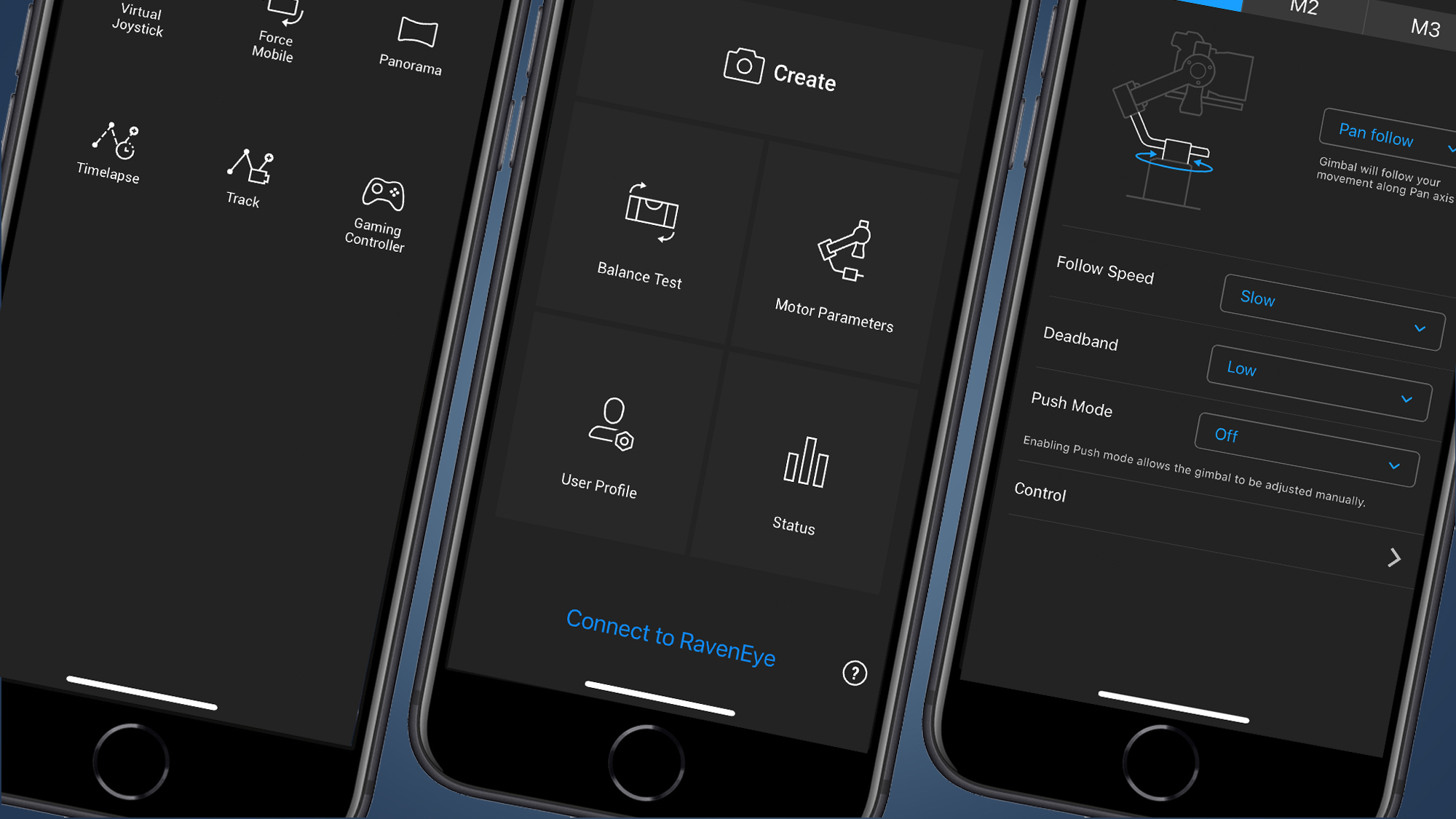DJI's original Ronin-S and Ronin-SC gimbals quickly became must-have accessories for videographers and YouTubers – and now the drone maker has delivered even more powerful sequels to the video stabilizers called the DJI RS 2 and RSC 2. (Want to skip straight to our early verdict on the latter? Check out our hands-on DJI RSC 2 review).
Adopting the slightly confusing minimalist monikers used by the DJI OM 4 (or Osmo Mobile 4), the DJI RS 2 and RSC 2 have arrived with even more portable designs and lots of new features. But unlike the smartphone-friendly DJI OM 4, they're strong enough to supports full-size DSLRs and mirrorless cameras.
The DJI RS 2 is the model that's designed for particularly heavy setups – despite reducing its own weight down to 1.3kg, it can take a payload of up to 4.5kg. That's strong enough for a weighty DSLR like the Nikon D850 and a heavy lens.
The RSC 2, meanwhile, is more for those who have compact mirrorless cameras and lack the forearms needed to carry around its sibling. It's also a little more user-friendly for those who don't want to shoot manually, with a new stabilization algorithm on board to help smooth out fine details.
So what else is new on the two gimbals? The DJI RS 2 has new axis locks for easier transportation, plus a new 1.4-inch color touchscreen that show your gimbal settings, camera data or a live feed from your camera. You can also use it to start modes like ActiveTrack which, as the name suggests, handles subject tracking.
But it's the DJI RSC 2 that gets the more interesting overhaul, with a new portable, folding design that means it packs down into a backpack-friendly bundle. Despite this, it can support a payload of up to 3kg, which means it's strong enough to handle weighty combinations like the Panasonic Lumix S1H and a 24-70mm lens.

- Check out our hands-on DJI RSC 2 review
- These are the best drones you can buy right now
- Or read our guide to the best YouTube cameras in the world
Time Tunnel tricks
Like the DJI RS 2, the RSC 2 also benefits from a new 1-inch OLED display, which shows camera data and lets you change settings. This particularly stood out in our hands-on DJI RSC 2 review, which describes it as "a simple but transformative addition".
There are lots of creative presets on board both gimbals, too, including the usual time-lapses and panoramas. But there's also a new option that's due shortly after launch – Time Tunnel will allow your camera to pull off a 360-degree roll while capturing a hyperlapse, which many cameras told us they were particularly excited about.
To really unlock the RS 2 and RSC 2's full potential, though, you'll need to add some accessories, which brings us onto their pricing. Available from today, the DJI RS 2 costs $849 / £699 (around AU$1,270), while the DJI RSC 2 is a more palatable $499 / £389 (approximately AU$700).
Both start to get a little pricier when you start to add accessories with their Pro Combo bundles, though. This pack includes a lot of very handy extras, including a smartphone holder, Focus Motor, RavenEye Image Transmitter and carry case, among other things. This Pro Combo bundle for the DJI RS 2 costs $999 / £839 (around AU$1,525), while for the DJI RSC 2 it's $739 / £569 (approximately AU$1000).
Still, both three-axis gimbals can completely transform the kind of footage you can create with your existing camera – check out our DJI RSC 2 review for more details, which we'll be turning into a full review very soon. Want to know if your camera is compatible? Have a look at the DJI RS 2 and DJI RSC 2's product pages.
- These are the best DJI drones you can buy right now
from TechRadar - All the latest technology news https://ift.tt/2GQFWjf




0 Comments